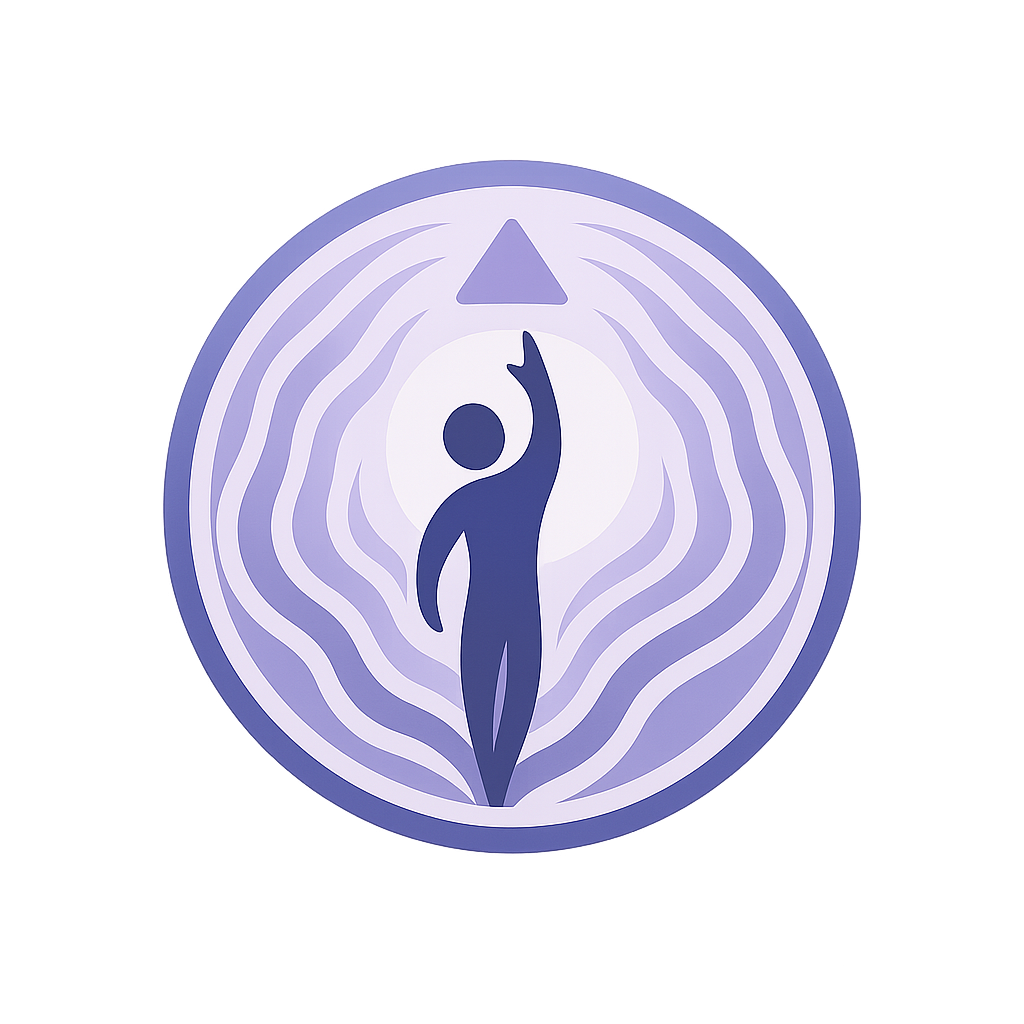Cultural background shapes almost every part of how people approach life’s biggest mysteries, and near-death experiences (NDEs) are no exception. Stories about traveling through tunnels, meeting mysterious figures, or seeing bright lights during a close brush with death grab interest all over the world. But the way people talk about and understand these experiences really depends on the culture they grew up in. Here, I’ll break down how culture shapes the approach to death and dying, how it influences the way NDEs are interpreted, and why interpretations vary so much from one society to another.

How Culture Shapes Attitudes Toward Death and Dying
Whether someone sees death as a scary end, a natural transition, or a doorway to something new is very much tied to their culture. In some societies, death is seen as part of a spiritual adventure; in others, it’s something that people are encouraged not to talk about. These attitudes shape how families support the dying, what kinds of end-of-life rituals they use, and even how stories about dying are told within the culture.
Some cultures have long traditions of ancestor worship or strong beliefs about the afterlife, so death might be viewed as a reunion with loved ones. Others focus more on the medical or scientific side, where death represents the end of consciousness. These baseline attitudes play a big role in how people react to the idea of NDEs, and in the language they use to describe what happened later on.
In a lot of Western countries, people may try to find scientific explanations for NDEs, talking about things like oxygen deprivation or brain chemistry. Meanwhile, in many Indigenous communities, NDEs are usually talked about in spiritual or supernatural ways, seen as a sign or message from the spirit world. Neither perspective is “right” or “wrong”; they just reveal the influence of cultural values and norms.
What’s interesting is that even within a single country, city, or community, people can have different approaches to death and the afterlife. Some might blend spiritual beliefs with scientific thinking, while others stick strictly to what they know from family or religious teachings. This mix means that in any given region, you’ll find a variety of attitudes about death and, by extension, about NDEs.
Why Cultural Beliefs Matter in NDE Interpretation
When people share stories about near-death experiences, what stands out most is the wild range of details from one story to the next. Some describe bright lights or out-of-body feelings, while others mention meeting specific symbols or spirits unique to their own background, like meeting their mother or best friend.
The kinds of experiences people recall are shaped by cultural beliefs, expectations, and even the stories they’ve grown up hearing. For example, someone raised in a culture with strong beliefs about heaven and hell might see themselves walking toward a “gate” or “bridge,” while others might see endless fields or rivers, depending on their tradition’s vision of the afterlife. In some Buddhist cultures, peaceful or calming lights are common because texts and stories describe them as the first sign of moving to a new state. In Christian cultures, many talk about seeing Jesus or angels, because that’s what they’ve been taught to expect.
Researchers have noticed that even the emotional tone of NDEs can switch up depending on the cultural context. People from cultures where death is viewed with hope and comfort often describe their NDEs using positive words, while those from cultures more fearful or uncertain about death can report more confusion or even fear during their experience.
Cultural scripts, which are the unspoken social guidelines and shared expectations about how certain events should unfold, also play a role. After an NDE, people often filter their memories through these scripts. The details remembered and reported might line up closely with long-held beliefs and local customs, as people try to make sense of intense or puzzling events using the tools their culture shares with them.
Common Elements of NDEs, and How They Vary by Culture
Across all cultures, there are some classic themes in NDEs: traveling through a tunnel, feeling intense light, a sense of floating or leaving the body, and sometimes coming face-to-face with relatives who have died. But that’s where the similarities often end. Details tend to split off in ways that match the local cultural influences.
- Western NDEs: Many report encounters with shining figures, tunnels, heavenly light, or hearing a voice telling them to return, drawing from Christian and secular Western themes about the afterlife.
- South and East Asian NDEs: People often describe being taken to a court or judged by gods of the dead, matching up with Hindu and Buddhist beliefs about karma and reincarnation.
- Indigenous Experiences: Some First Nations and Indigenous groups talk about meeting animal spirits or being given messages to carry back from the spirit world, strongly aligning with traditional stories and shamanic practices.
- Islamic Accounts: Encounters with beings made of light, rivers, gardens, or a feeling of moving through a vast space in line with Islamic visions of the afterlife show up in NDE stories from Muslim-majority cultures.
It’s important to remember that these unique features don’t automatically mean that one culture “creates” these experiences. Instead, cultural expectations and prior knowledge probably shape what people are able to remember and how they make sense of what happened to them.
Researchers point out that language and storytelling traditions can really steer what images and moments stand out in memory. In some cultures, people are more likely to share details about seeing mythical or religious figures; in others, the focus is more on emotion or sensation. Sometimes, the absence of certain motifs—like tunnels or lights—can actually provide a clue about how storytelling shapes memory.
How Stories and Language Influence Memory of NDEs
Memory is tricky. Science shows that it’s not just about recording events, but also about filling in the blanks to make sense of what happened. When people talk about NDEs, the language they use and the stories they’ve heard before set the framework. Over time, folks may even add details that fit with what their culture expects.
For example, in Japan, NDE accounts often skip the tunnel vision and instead focus more on crossing water, which connects to local folktales about journeying to the afterlife. In contrast, in the United States and Europe, tunnel imagery dominates and may be connected to the prevalence of this motif in literature and film.
The words available in different languages also play a role. Some cultures don’t even have words for “spirit,” “soul migration,” or “guardian angel,” so people describe what they experienced in terms that fit their nearest concepts, even if they’re more abstract or symbolic.
Family, tradition, and common wisdom all shape what a person is likely to recall. After all, people want their story to make sense to themselves and those they share it with. If, for example, a culture values silence about the afterlife, people might keep things vague or only talk about certain “acceptable” sensations.
Why All Cultures Do Not Interpret NDEs the Same Way
While NDEs happen all over the world, not every society has the same way of talking about them. There are big differences found in religious, spiritual, and even scientific viewpoints.
- Religious Backgrounds: In Christian groups, NDEs may confirm faith in heaven or angels; in Hindu groups, they might be evidence of reincarnation. In strictly secular or scientific cultures, people might put the whole thing down to medical or psychological causes.
- Customs and Rituals: Some communities have taboos about discussing supernatural experiences, so people might avoid sharing their stories, or might only tell them in private. Many Indigenous groups, however, treat these stories as really valuable sources of wisdom and healing.
- Personal Beliefs: Two people from the same country might interpret the same set of sensations in totally different ways if one is religious and the other is not. The more open the culture is to talking about mystical experiences, the richer and more detailed NDE accounts tend to be.
Anthropologists and psychologists note that exposure to movies, news, or books about NDEs in a certain cultural context can switch up what kinds of details people focus on when explaining their own stories later. This creates a kind of feedback loop, where popular descriptions feed into new stories, strengthening cultural patterns.
Cultural change, migration, and the blending of belief systems add new flavors to the way NDEs are described. As people interact with media from around the globe, elements from other cultures occasionally show up in local NDE accounts, leading to storytelling that mixes old traditions with new influences.
Challenges in Studying Cross-Cultural NDEs
Trying to compare NDE accounts around the world isn’t always straightforward. Translation can miss some meanings, and researchers themselves sometimes bring their own assumptions. In some cases, people simply aren’t comfortable sharing what happened to them because of fear of being misunderstood or judged.
To get a fuller picture, researchers try to work with local experts or use open-ended interviews to avoid pushing people’s stories into predefined boxes. This is really important for creating an accurate and fair comparison across cultures, and helps us appreciate both universal themes and cultural twists.
For more on approaches to studying NDEs in different cultures, the International Association for Near-Death Studies (IANDS) offers some super detailed resources. Scholars like Dr. Bruce Greyson have also explored the cultural angle on NDEs in several peer-reviewed articles, which you’ll find on platforms like NCBI.
The challenges also include making sure research questions are asked in culturally sensitive ways. Surveys or interviews designed in one country might not work as well in another, and this can affect the quality of information collected. Some researchers have started using visual tools or storytelling sessions to let people express themselves in ways that feel natural.
Frequently Asked Questions About Culture and NDEs
Many people still have questions about the cultural side of NDEs. Here are a few topics that come up often:
Do all cultures experience similar NDE themes?
There are some similarities, like bright lights, feelings of peace, or floating. However, details and interpretations are closely tied to local beliefs, religious backgrounds, and the stories people have heard while growing up.
Can NDEs change people’s cultural or religious beliefs?
Sometimes, yes. Some people say an NDE switched up their views, made them more spiritual, or sparked new questions about life’s purpose. How much things change depends on personal factors and the cultural environment.
How do scholars avoid bias when collecting NDE stories in different cultures?
By working with local researchers, focusing on open-ended questions, and being mindful of their own assumptions, scholars try to avoid pushing people’s stories into specific molds that might not actually fit.
Do movies or the internet influence how NDEs are reported?
Yes. Exposure to NDE stories in movies, documentaries, or online forums can give people new imagery or expectations, and sometimes leads them to reinterpret or describe their own experiences in ways that mesh with what they’ve seen.
Final Thoughts
NDEs capture our curiosity because they poke at some of the biggest questions out there—what happens after we die, and what counts as “real.” The way people describe and understand those experiences is shaped by their background, beliefs, and the traditions they grew up with. Paying attention to these influences opens up a bigger conversation about the mysteries at the edge of life, and why stories about dying keep showing up in every corner of the globe. While science and spirituality might disagree on the causes, the power of these stories is undeniable—they help us explore what it means to be human across all cultures.
